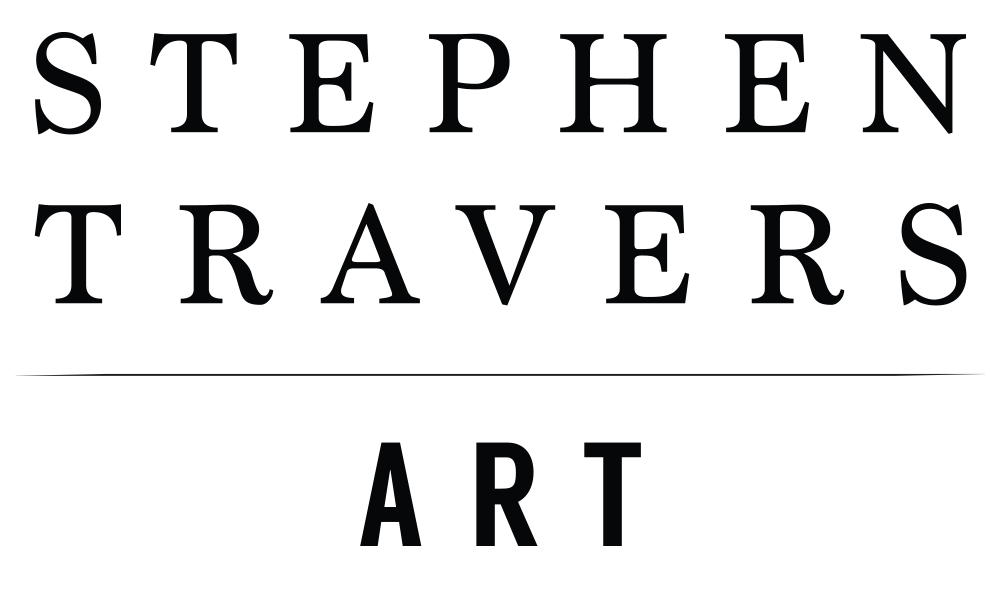In my experience, drawing is 90% careful observation, and 10% graphic work.
Our habit seems to be to have a quick look at something, and then look down and start to draw. Problem is we have not really taken in what is in front of us. So we draw what we think we’ve seen, which can be more about our pre-(mis)-conceptions, rather than what is actually before us.
Get a difficult line drawing – say a detailed portrait – to copy. But place it upside down, and copy it upside down. Do not look at either until you are finished. This scrambles the familiar object of a face, and forces us to look much more carefully as we copy. We have to copy the lines and because they don’t make much sense upside down, we are less likely to draw what we think we presume an eye, nose, or mouth look like. We have to look more carefully and reference the lines off each other, rather than just putting them where we know (or rather think!) they go. I have led about 100 people (mostly not artists at all) in this exercise and they are always amazed at what they and the others have drawn).
But it’s the same for whatever we are drawing. Perspective angles are particularly relevant to this point. We put them more where we feel they are, rather than by careful observation drawing them accurately. I’m often afraid of placing perspective lines at too extreme an angle – which means I get to draw them 3 or 4 times while I slowly increase them to the angle I saw in the first place but was too timid to use!
Drawing the space between objects rather than the objects is another great way to side-step drawing what we think we know rather than what we see. If the angle or shape between objects is not the same in life and in our drawing, then the objects we have drawn are not right. (These spaces are called ‘negative space’, and are important enough for a separate blog).
Hope it’s helpful.
© Stephen Travers
